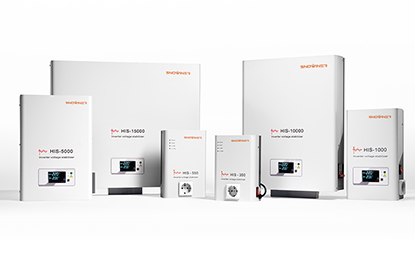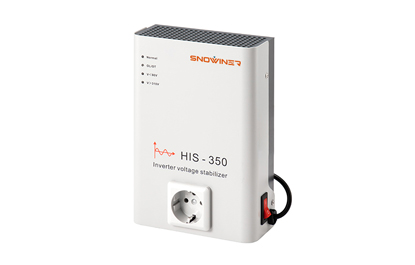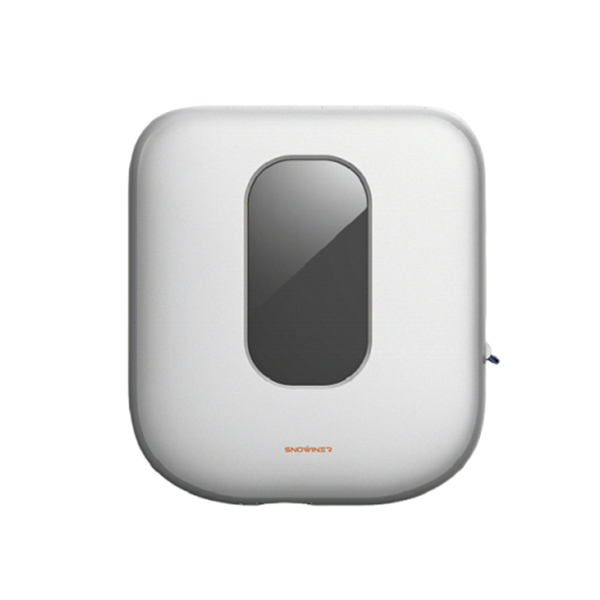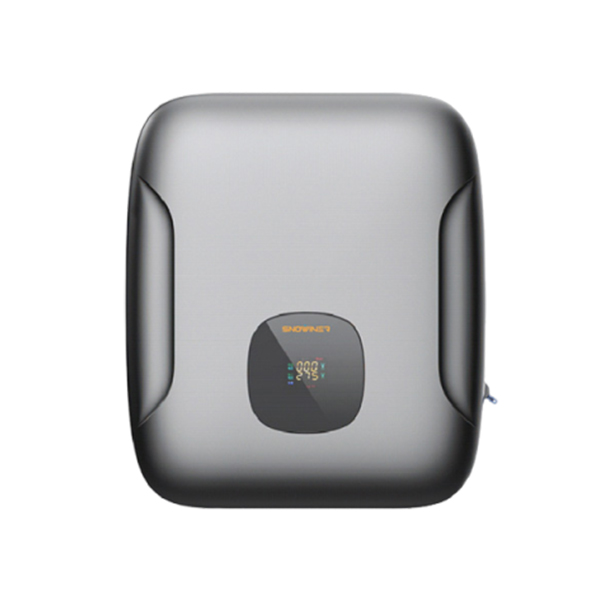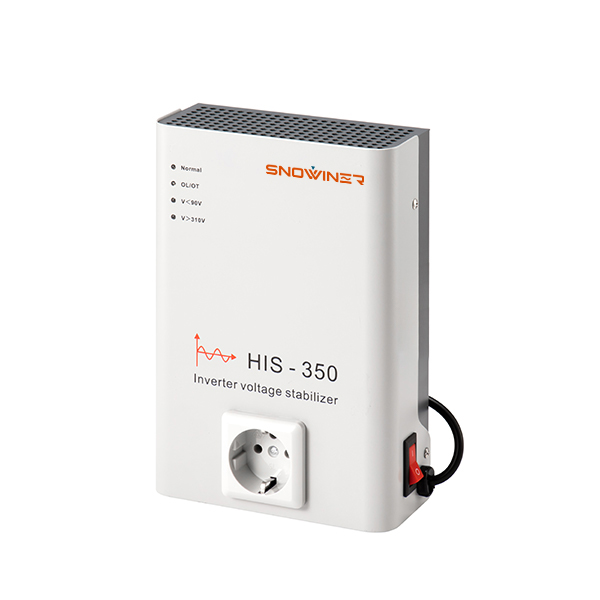How Does an Inverter Voltage Stabilizer Fix Voltage Sag Issues?
Voltage sag—sudden dips in electrical supply—disrupts homes and businesses. It strikes during peak AC use, in old neighborhoods, or near factories.
The result? Malfunctioning fridges, crashed computers, and broken commercial gear like ovens or projectors. Below’s how an Inverter Voltage Stabilizer solves this, using its core design.
Wide Input Voltage Range: “Catches” Low Sagging Voltage
Voltage sag often drops input to 150V or lower—well below standard 220V/110V.
Basic stabilizers struggle: they shut down or fail to deliver stable power to connected devices.
An Inverter Voltage Stabilizer handles this range seamlessly. It “captures” low voltages, processes them via high-frequency inversion technology, and converts them to consistent, usable output.
This helps rural areas where grid lines have more power loss and dips are frequent, and works equally well for urban areas with aging electrical setups. For example, in an old apartment, your washing machine won’t stop mid-cycle when a neighbor’s AC kicks on and causes a temporary sag.
Real-Time Response: Fixes Sag in Milliseconds
Voltage sag happens in milliseconds, but even that brief window disrupts sensitive devices like laptops or POS systems.
Slow stabilizers let the sag reach equipment first, leading to glitches, lost data, or unexpected shutdowns.
An Inverter Voltage Stabilizer uses advanced electronic components for instant adjustments—reacting the moment a voltage dip is detected.
Speed matters for avoiding costly downtime: For restaurants, induction cooktops keep heating without interrupting meal prep; for offices, printers and computers stay operational—even when a nearby freezer or copier triggers a sudden sag.
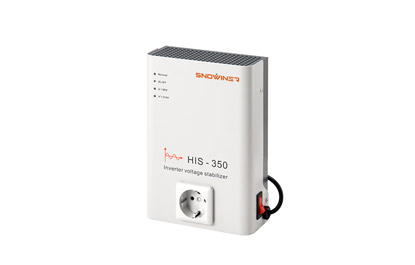
Stable Output: Maintains Consistent Power During Sag
Even if a stabilizer “catches” low voltage, poor output quality can damage devices over time. Cheap stabilizers often deliver irregular power that strains electronics.
An Inverter Voltage Stabilizer provides steady, grid-quality power throughout sag events. Its output matches the consistency of a fully stable grid, so devices run as if no sag ever occurred.
Stability is critical for gear that needs precision: For hospitals, tools like blood pressure monitors avoid data errors or sudden shutdowns; for homes, TVs stay clear, routers keep internet connected, and microwaves heat food evenly without hiccups.
Anti-Impact Current Design: Handles Sag + Device Startup
Voltage sag often overlaps with high impact current from AC units, motors, or heavy machinery starting up. This combination overwhelms basic stabilizers, causing tripping or permanent damage.
An Inverter Voltage Stabilizer has built-in anti-impact design: it corrects voltage sag and absorbs sudden current spikes from starting devices.
This dual protection is critical for spaces with multiple high-power tools: In small factories, motor-driven machines can start smoothly even during sags, with steady voltage that prevents stalling, tripping, or equipment wear.
Conclusion
Voltage sag doesn’t have to disrupt you. An Inverter Voltage Stabilizer solves it with wide input range, real-time response, stable output, and anti-impact current design.
To explore a product engineered for these needs, visit SNOWINER’s Inverter Voltage Stabilizer product page.




